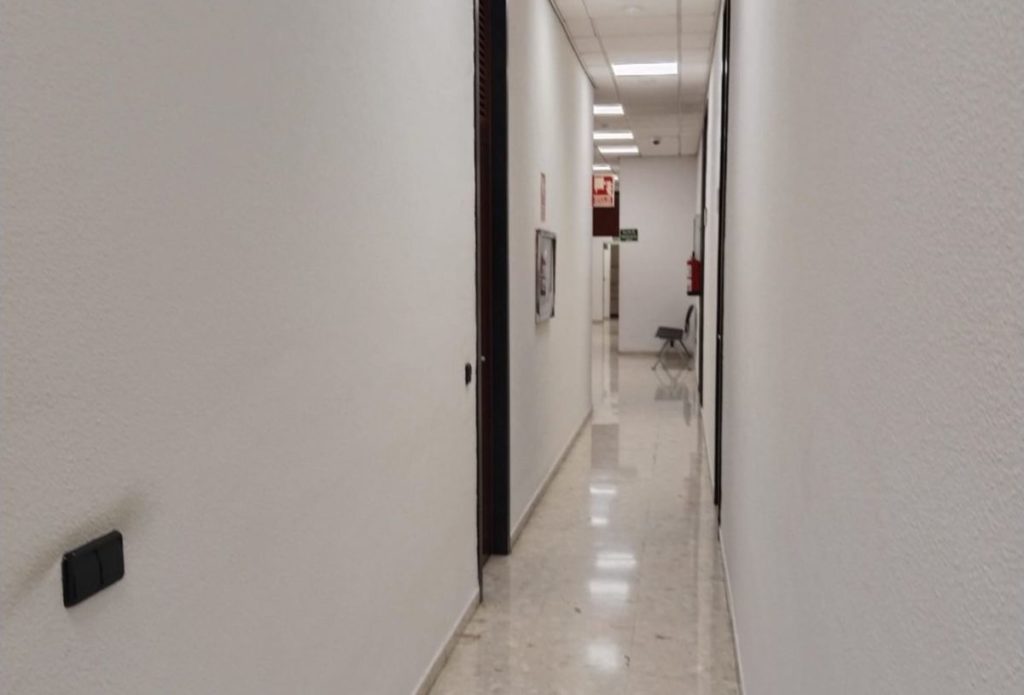The chronic shortage of court locations that both the public and legal operators in Santa Cruz de Tenerife have suffered for decades is now so severe that even victims of domestic violence lack basic services. Moreover, the only reason these victims often do not have to physically encounter their alleged aggressors is due to the genuine juggling act that officials must perform to prevent it.
As DIARIO DE AVISOS has reported and Intersindical Canaria has repeatedly denounced, they are literally not provided with even water, nor do they have direct access to a service (which is particularly concerning when the reporting woman has small children or even infants, a situation not infrequently encountered). There hasn’t even been a practical and appropriate vending machine (dispensers that provide drinks and snacks) installed in the waiting rooms designated for such cases.
We focus our analysis on the Tenerife Courthouse, where the recent regionalisation of courts dealing with violence against women has considerably worsened this neglect. All reported cases are now centralised in Santa Cruz de Tenerife, not only from the capital’s judicial district but also those from La Laguna and Güímar.
There, on the first floor and next to the two specialised courts in existence, there is a room for victims that lacks even basic necessities such as a bottle of water, direct access to a toilet, or a simple vending machine.

Additionally, there are two more significant issues to consider: there is not a single point of access to potable water throughout the Tenerife Courthouse, and, worse still, if victims are forced to use the common bathrooms, they risk encountering their alleged aggressors, who have to wait in a common area (to describe it as such, it consists of a row of chairs fixed to the ground) located behind the narrow corridor leading to those two courts.
With regionalisation, the situation has worsened further, as reported again by the spokesperson for Justice in Intersindical Canaria, David Ortuño. This is due to the significant increase in cases, leading to the aforementioned room becoming filled when up to a dozen women and minors are present. This certainly does not aid those undergoing such a painful and distressing ordeal.
The reality is that the solution exacerbates their situation even more. Those who cannot fit in the first room are redirected to another room located much further away from the courts where they need to testify, such as (as indicated by a sign next to its door) the Victim Assistance Office, presumably intended for victims of all types of crimes.
Here, the same shortcomings of the first room are repeated: they do not provide water either. Moreover, it is situated on the ground floor and, in a way, at the opposite end of the courthouse, which has an undesirable consequence for victims of domestic violence. The risk of an encounter with their alleged aggressors multiplies as they have to pass through several common areas during their journey to the judicial offices, and they are inevitably condemned to traverse the aforementioned narrow corridor.
From Intersindical, David Ortuño reminds us that all of this violates the “Charter of Rights for Citizens in Justice”, unanimously approved by Congress in 2002, particularly in its point 11, which states that citizens have the right to ensure that their personal appearance before a Justice Administration body is as burdensome as possible. Furthermore, after regionalisation, point 10 also applies (“The citizen has the right to demand that judicial proceedings where their personal appearance is necessary are held with maximum punctuality”).
















